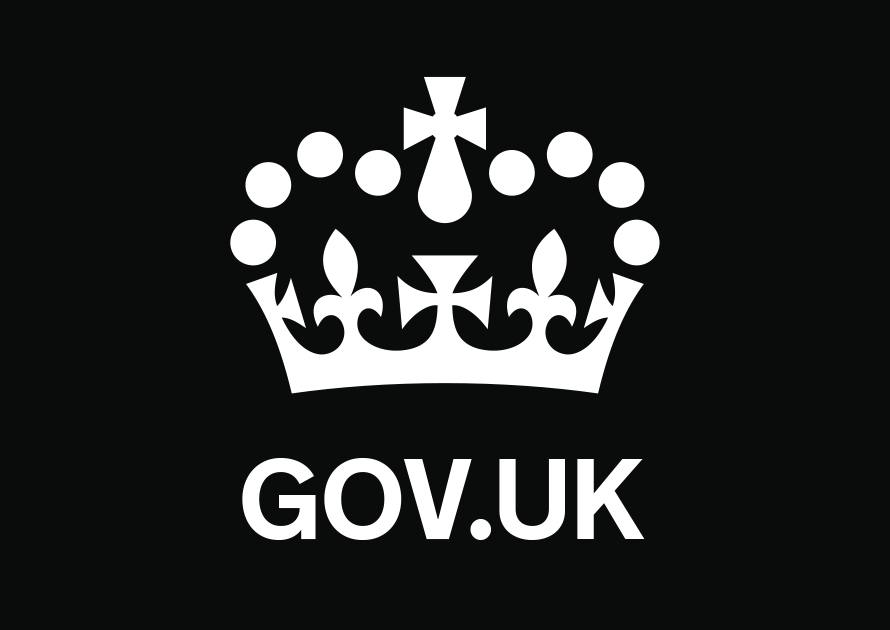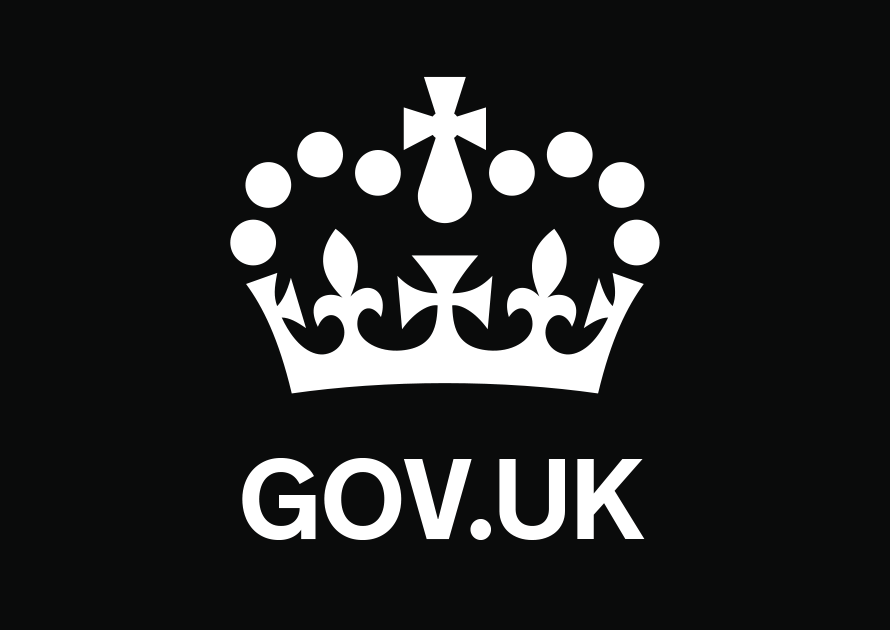Plastic Packaging Tax is chargeable for each individual finished packaging component.
When packaging is considered plastic
For the purposes of Plastic Packaging Tax, plastic means a polymer material to which additives or substances may have been added.
This does not include cellulose-based polymers which have not been chemically modified.
Additives include materials such as calcium or dyes. When you assess the amount of plastic in a packaging component, the additives are classed as part of the plastic.
Plastics include polymers which are:
- biodegradable
- compostable
- oxo-degradable
If a plastic packaging component is made from multiple materials but contains more plastic by weight (including additives which form part of the plastic) than any other substance, it will be classed as a plastic packaging component for the purposes of the tax.
The other substances which you need to consider are:
- glass
- aluminium
- steel
- other metals
- paper and board
- wood
- any other substance
You will need to keep records to show what substances are in plastic packaging.
Find an example about working out if multiple material packaging components are plastic.
Recycled plastic
Plastic packaging containing 30% or more recycled plastic is not chargeable for the tax. However, it still counts towards the 10 tonne threshold for packaging you manufacture or import in a 12 month period, and you must still keep records of it.
Find out how to work out the percentage of recycled plastic in your packaging.
Recycled plastic is plastic that has been reprocessed from recovered material by using a chemical or manufacturing process, so that it can be used either for its original purpose or for other purposes.
This does not include organic recycling.
Recovered material
Recovered material is pre-consumer plastic or post-consumer plastic that has been collected and recovered as a material input. It’s used for a recycling or manufacturing process instead of new primary material.
Recovered material would otherwise have been disposed of as waste or used for energy recovery.
Pre-consumer plastic
Pre-consumer plastic is plastic which is recovered from waste generated in a manufacturing process. It is then processed by a reprocessing facility, which could be on the same site as the manufacturing process.
It does not include plastic that is reused in the same process it was generated as scrap, and from which it was recovered. This is often known as scrap and regrind.
Post-consumer plastic
Post-consumer plastic is plastic that is generated by the end user of the product. The product can then no longer be used for its intended purpose.
The consumers are:
- households
- commercial facilities
- industrial facilities
- institutional facilities
This includes returns of materials from the distribution chain.
Packaging subject to the tax
There are 2 types of plastic packaging subject to the tax. These are packaging designed to be suitable for:
- use in the supply chain
- single use by the consumer
If your packaging is made up of several packaging components, you must account for Plastic Packaging Tax on each component.
Individual packaging components are generally manufactured separately before being assembled into a packaging unit. Examples include:
- bottles, caps and labels are manufactured separately before being assembled to make packaging units for drinks and liquids
- trays, boxes and plastic windows are manufactured separately before being assembled to make packaging units for certain foods, such as pies and cakes
Packaging designed to be suitable for use in the supply chain
You should check whether each plastic packaging component that you manufacture, or import is subject to Plastic Packaging Tax.
A plastic packaging component is a product that’s designed to be suitable for use in the supply chain, from the manufacturer of the goods to the user or consumer. It can be used alone or in combination with other products.
If the packaging component meets the definition, it does not matter if it is produced or imported for use in the supply chain of the goods, or by a consumer or user.
It must do one or more of the following functions:
- contain the goods
- protect the goods
- handle the goods
- present the goods
- deliver the goods
Examples of packaging components include plastic:
- trays used to contain and protect food, such as a ready meal tray
- film to protect goods, such as film around raw meat
- pots designed to handle and deliver products, for example yoghurt pots
Find more examples of packaging designed for use in the supply chain.
Packaging designed to be single use consumer packaging
For the purposes of Plastic Packaging Tax, single use consumer packaging is any single use product designed to be used by a consumer or domestic user in performing one or more of the following functions in respect of goods or waste:
- containment
- protection
- handling
- presentation
- delivery
These products would be used by the consumer rather than in the supply chain.
Examples of single use consumer packaging are:
- plastic bags
- disposable cups, plates and bowls
- gift wrapping such as ribbon and sticky tape
Find more examples of packaging designed to be single use consumer packaging.
Plastic Packaging Tax is chargeable for each individual finished packaging component.
When packaging is considered plastic
For the purposes of Plastic Packaging Tax, plastic means a polymer material to which additives or substances may have been added.
This does not include cellulose-based polymers which have not been chemically modified.
Additives include materials such as calcium or dyes. When you assess the amount of plastic in a packaging component, the additives are classed as part of the plastic.
Plastics include polymers which are:
- biodegradable
- compostable
- oxo-degradable
If a plastic packaging component is made from multiple materials but contains more plastic by weight (including additives which form part of the plastic) than any other substance, it will be classed as a plastic packaging component for the purposes of the tax.
The other substances which you need to consider are:
- glass
- aluminium
- steel
- other metals
- paper and board
- wood
- any other substance
You will need to keep records to show what substances are in plastic packaging.
Find an example about working out if multiple material packaging components are plastic.
Recycled plastic
Plastic packaging containing 30% or more recycled plastic is not chargeable for the tax. However, it still counts towards the 10 tonne threshold for packaging you manufacture or import in a 12 month period, and you must still keep records of it.
Find out how to work out the percentage of recycled plastic in your packaging.
Recycled plastic is plastic that has been reprocessed from recovered material by using a chemical or manufacturing process, so that it can be used either for its original purpose or for other purposes.
This does not include organic recycling.
Recovered material
Recovered material is pre-consumer plastic or post-consumer plastic that has been collected and recovered as a material input. It’s used for a recycling or manufacturing process instead of new primary material.
Recovered material would otherwise have been disposed of as waste or used for energy recovery.
Pre-consumer plastic
Pre-consumer plastic is plastic which is recovered from waste generated in a manufacturing process. It is then processed by a reprocessing facility, which could be on the same site as the manufacturing process.
It does not include plastic that is reused in the same process it was generated as scrap, and from which it was recovered. This is often known as scrap and regrind.
Post-consumer plastic
Post-consumer plastic is plastic that is generated by the end user of the product. The product can then no longer be used for its intended purpose.
The consumers are:
- households
- commercial facilities
- industrial facilities
- institutional facilities
This includes returns of materials from the distribution chain.
Packaging subject to the tax
There are 2 types of plastic packaging subject to the tax. These are packaging designed to be suitable for:
- use in the supply chain
- single use by the consumer
If your packaging is made up of several packaging components, you must account for Plastic Packaging Tax on each component.
Individual packaging components are generally manufactured separately before being assembled into a packaging unit. Examples include:
- bottles, caps and labels are manufactured separately before being assembled to make packaging units for drinks and liquids
- trays, boxes and plastic windows are manufactured separately before being assembled to make packaging units for certain foods, such as pies and cakes
Packaging designed to be suitable for use in the supply chain
You should check whether each plastic packaging component that you manufacture, or import is subject to Plastic Packaging Tax.
A plastic packaging component is a product that’s designed to be suitable for use in the supply chain, from the manufacturer of the goods to the user or consumer. It can be used alone or in combination with other products.
If the packaging component meets the definition, it does not matter if it is produced or imported for use in the supply chain of the goods, or by a consumer or user.
It must do one or more of the following functions:
- contain the goods
- protect the goods
- handle the goods
- present the goods
- deliver the goods
Examples of packaging components include plastic:
- trays used to contain and protect food, such as a ready meal tray
- film to protect goods, such as film around raw meat
- pots designed to handle and deliver products, for example yoghurt pots
Find more examples of packaging designed for use in the supply chain.
Packaging designed to be single use consumer packaging
For the purposes of Plastic Packaging Tax, single use consumer packaging is any single use product designed to be used by a consumer or domestic user in performing one or more of the following functions in respect of goods or waste:
- containment
- protection
- handling
- presentation
- delivery
These products would be used by the consumer rather than in the supply chain.
Examples of single use consumer packaging are:
- plastic bags
- disposable cups, plates and bowls
- gift wrapping such as ribbon and sticky tape
Find more examples of packaging designed to be single use consumer packaging.




